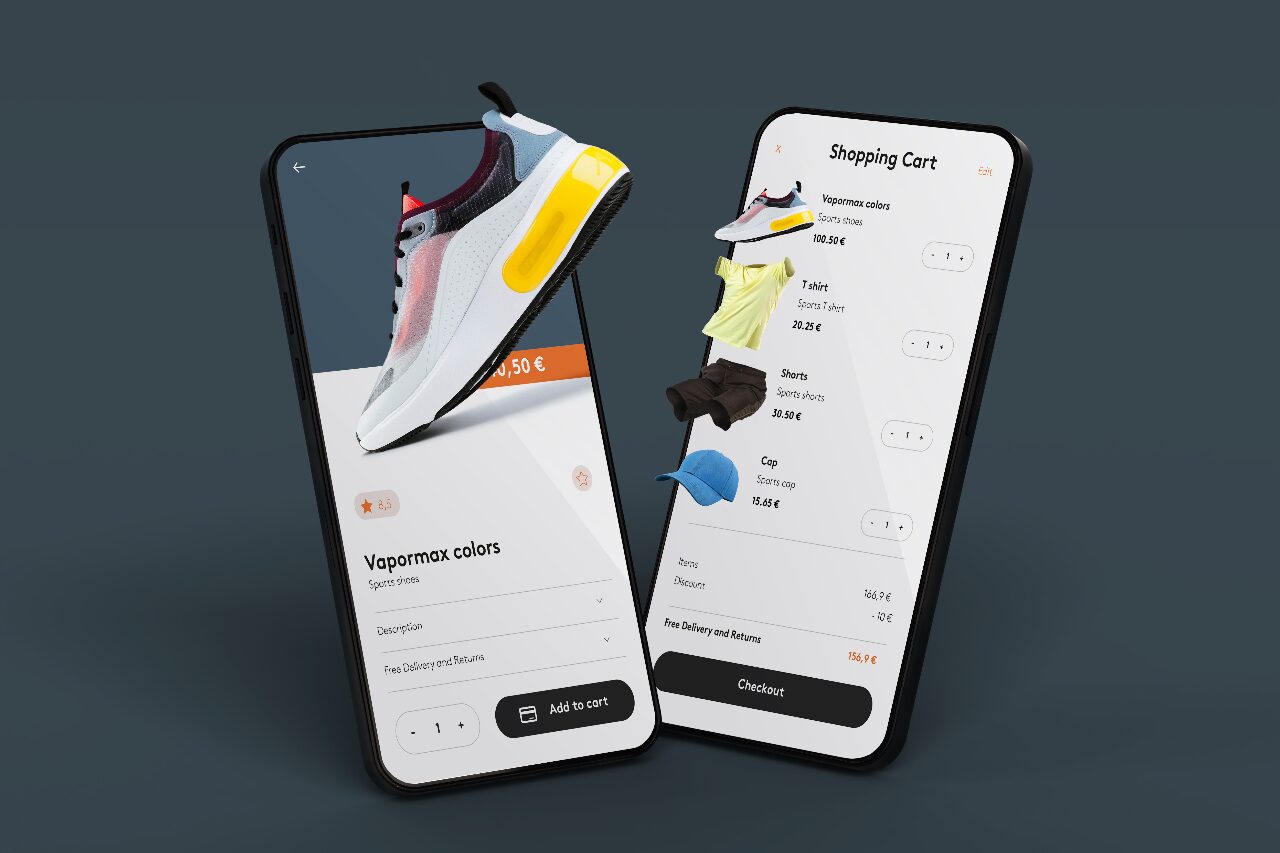In the digital era, building a successful web application requires a comprehensive understanding of both front-end and back-end development. This unified approach, often referred to as full-stack development, ensures that every layer of your application, from the user interface to the server logic, works seamlessly together.
In this blog post, we’ll walk through the full stack development process, discuss best practices, and explore why many businesses turn to the best companies for outsourcing software product development to bring their ideas to life.
What Is Full Stack Web Development?
Full-stack development involves working on both the client-side (front-end) and the server-side (back-end) of a web application.
- Front-End: This is what users interact with — the layout, design, buttons, forms, and overall user experience. Technologies used here include HTML, CSS, JavaScript, and frameworks like React, Angular, or Vue.js.
- Back-End: This is where the magic happens behind the scenes — handling database operations, authentication, server logic, and APIs. Common technologies include Node.js, Python (Django/Flask), Ruby on Rails, PHP, and databases like PostgreSQL or MongoDB.
Why Full Stack Matters
- Efficient Communication: Full-stack developers can bridge the gap between front-end and back-end teams, reducing miscommunication.
- Faster Development: A unified approach allows for quicker iterations and streamlined debugging.
- Cost-Effective: Hiring full-stack developers or outsourcing to teams with full-stack capabilities can reduce overhead.
- Scalability: Full-stack solutions are often easier to scale, as developers understand the entire system.
Key Components of a Full-Stack Web App
1. User Interface (UI) / Front-End
- Technologies: HTML5, CSS3, JavaScript, React, Vue, Angular
- Role: Delivers seamless user experiences across devices and platforms.
- Best Practice: Keep interfaces clean, responsive, and accessible.
2. Business Logic / Back-End
- Technologies: Node.js, Django, Spring Boot, Express.js
- Role: Processes requests, applies logic, manages sessions, and ensures security.
- Best Practice: Use RESTful APIs or GraphQL for better integration and scalability.
3. Database Layer
- Technologies: MySQL, PostgreSQL, MongoDB, Firebase
- Role: Stores and retrieves data efficiently and securely.
- Best Practice: Choose a database based on the structure and scale of your data.
4. DevOps & Hosting
- Tools: Docker, Kubernetes, AWS, Heroku, CI/CD pipelines
- Role: Ensures smooth deployment, monitoring, and scaling.
- Best Practice: Automate testing and deployment to reduce human error.
The Case for Outsourcing Full Stack Development
Not every company has the resources or time to build an in-house team with full-stack expertise. Many turn to the best companies for outsourcing software product development.
These companies provide:
- Dedicated teams with diverse skill sets
- Faster time to market
- Access to global talent
- Scalable solutions tailored to your needs
By outsourcing, businesses can focus on their core goals while relying on experts to handle the technical complexities of full-stack development.
How to Choose the Best Company for Outsourcing Software Product Development
When evaluating vendors, consider the following:
- Technical Expertise: Do they offer front-end and back-end specialists with a strong portfolio?
- Agile Methodology: Can they adapt quickly and deliver iteratively?
- Transparency: Do they provide clear communication, pricing, and reporting?
- Post-Launch Support: Will they assist with maintenance, updates, and scaling?
Some of the best companies for outsourcing software product development offer end-to-end services — from initial prototyping to full-scale deployment.
Final Thoughts
A successful web app isn’t just about a beautiful design or a powerful backend — it’s about creating a cohesive experience from front to back. Whether you’re a startup or an enterprise, adopting a full stack approach ensures your product is built for performance, usability, and growth.
And if you’re looking to accelerate development while cutting costs, working with the best companies for outsourcing software product development might just be your smartest move.
Need help choosing the right full-stack development partner? Let us guide you through your options and connect you with vetted teams that match your project goals.






